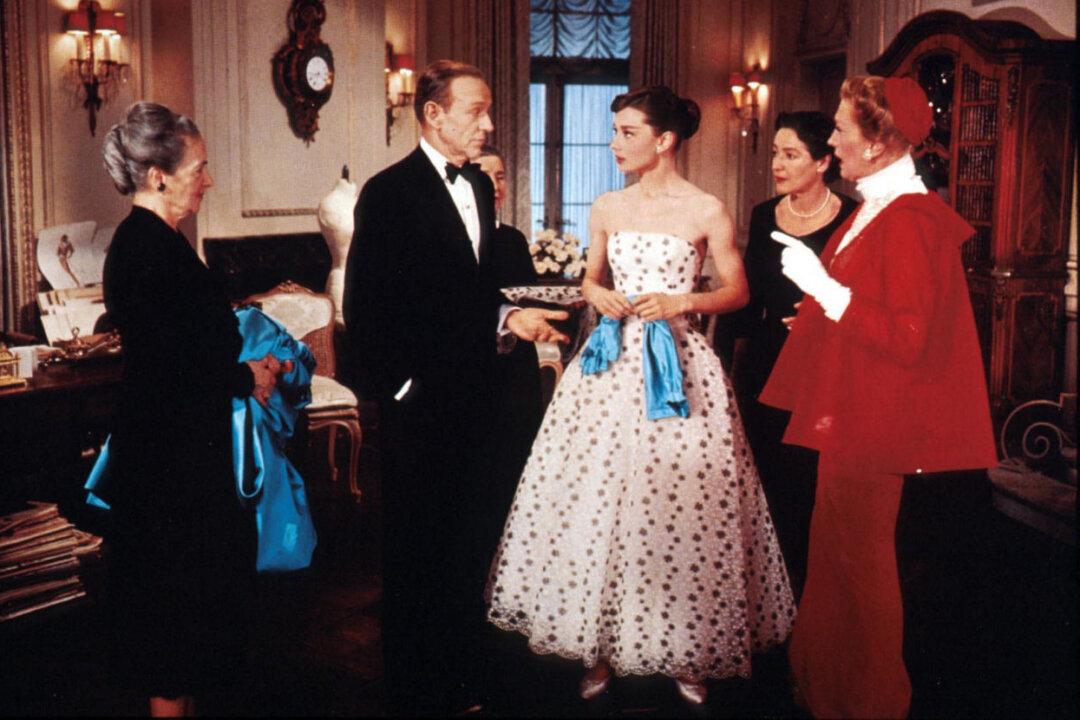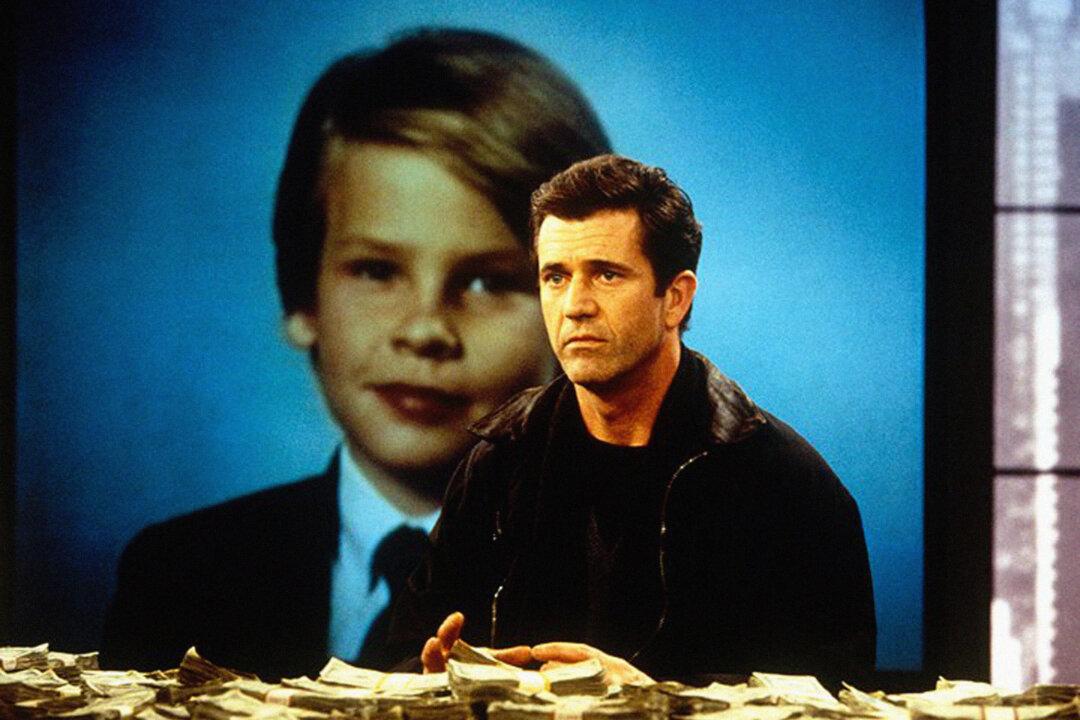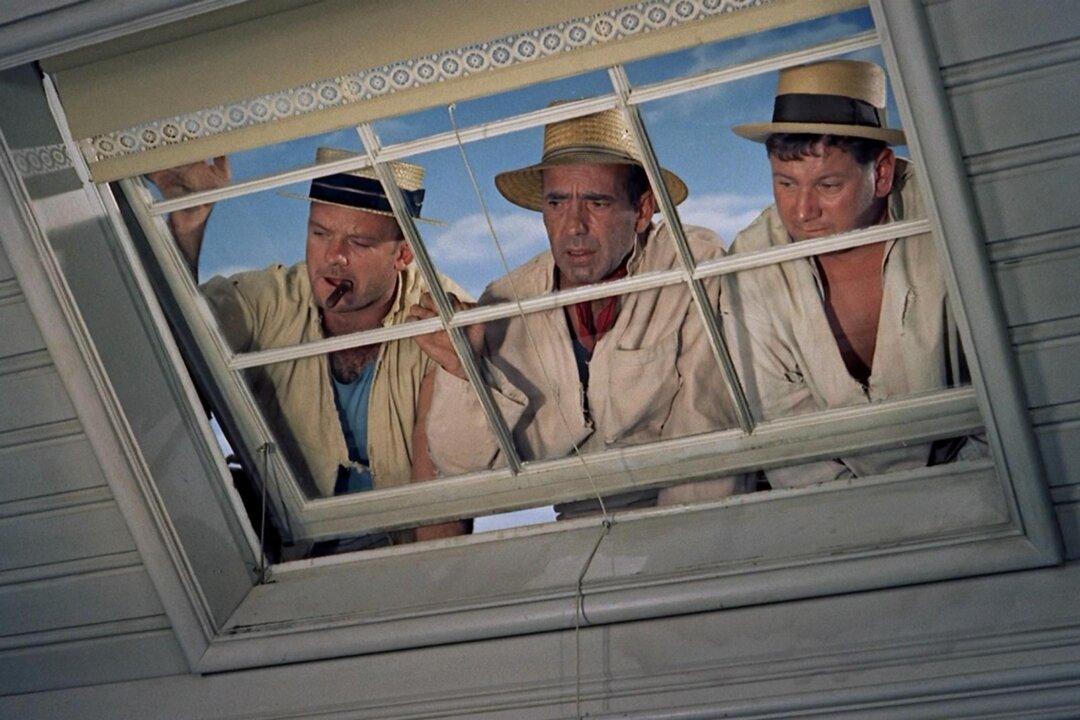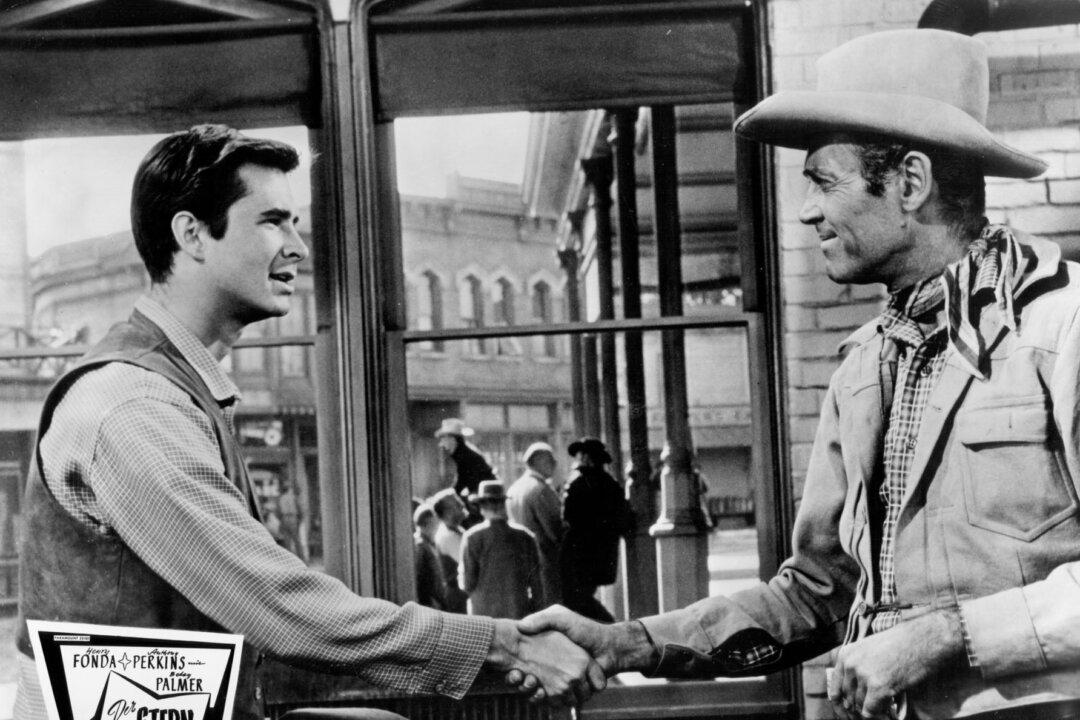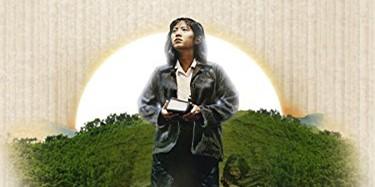NR | 1 h 43 min | Musical, Comedy | 1957
Early in his career, Stanley Donen was more of a dancer and choreographer. Later, he co-directed and co-choreographed onscreen musicals with some of the most endearing onscreen dancers, including Gene Kelly and Fred Astaire. He’d danced on Broadway, too. But long before that, he’d imbibed something of the aura of the world of fashion; his father had been a dress-shop manager and his grandfather a jewelry salesman. So it all seemed to come together when he directed “Funny Face.”

